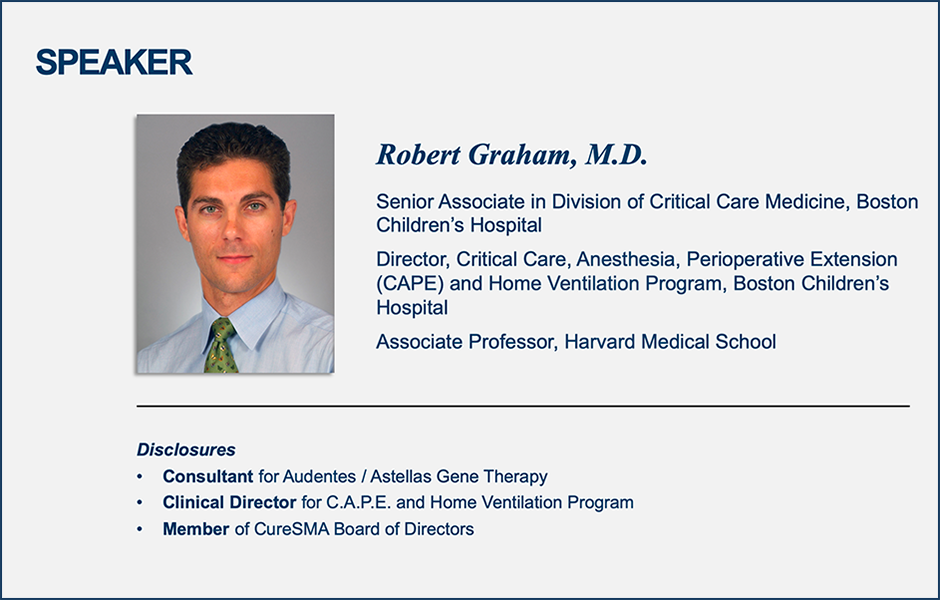Early and intensive intervention is frequently required
Survival for patients with XLMTM frequently requires early and intensive medical intervention, including1:
Up to 24-hour ventilation
Gastrostomy tube feedings
24-hour monitoring
Optimal respiratory care, such as tracheostomy, and gastrostomy tube feeding are often recommended to mitigate the risk of respiratory failure and malnutrition in patients with X-linked myotubular myopathy (XLMTM).1 These early interventions are associated with reduced risk of patient mortality and increased survival past infancy.2
Newborns with XLMTM
Spend an average of one third to half of their first year of life in the hospital3
Undergo 2 to 4 surgeries per year over the next 5 years3
Gastrostomy and tracheostomy surgery are the most common
Up to 90% of patients require respiratory support2-4
Of these patients, the majority require invasive support (eg, transtracheal intubation; the median age for tracheostomy placement is 3 months)
The remainder require noninvasive positive pressure support; bilevel positive airway pressure (BiPAP) is essential for patients with XLMTM5

Respiratory care options – Tracheostomy, BiPAP
Learn about options for respiratory support in patients with XLMTM.
Managing respiratory secretions
Patients with XLMTM have reduced effectiveness of cough as a result of significant pharyngeal or respiratory muscle weakness.3,6 This leads to insufficient clearance of mucus secretions and increased risk of infection or aspiration pneumonia.
Routine management of secretions includes:
- Use of mechanical- and manual-assisted cough techniques up to multiple times per hour to clear airway secretions
- Use of secretion mobilization techniques up to several times per hour and more frequently when respiratory illness is present5


